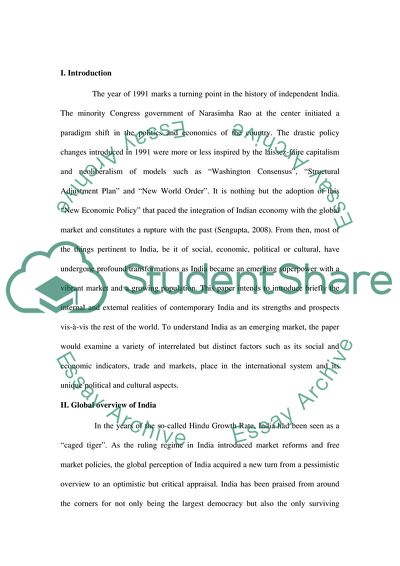Cite this document
(India as an Emerging Market Case Study Example | Topics and Well Written Essays - 1750 words, n.d.)
India as an Emerging Market Case Study Example | Topics and Well Written Essays - 1750 words. https://studentshare.org/marketing/1718499-india-as-emerging-market
India as an Emerging Market Case Study Example | Topics and Well Written Essays - 1750 words. https://studentshare.org/marketing/1718499-india-as-emerging-market
(India As an Emerging Market Case Study Example | Topics and Well Written Essays - 1750 Words)
India As an Emerging Market Case Study Example | Topics and Well Written Essays - 1750 Words. https://studentshare.org/marketing/1718499-india-as-emerging-market.
India As an Emerging Market Case Study Example | Topics and Well Written Essays - 1750 Words. https://studentshare.org/marketing/1718499-india-as-emerging-market.
“India As an Emerging Market Case Study Example | Topics and Well Written Essays - 1750 Words”. https://studentshare.org/marketing/1718499-india-as-emerging-market.


